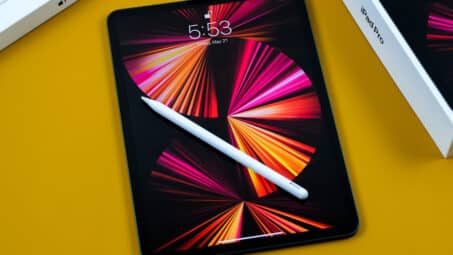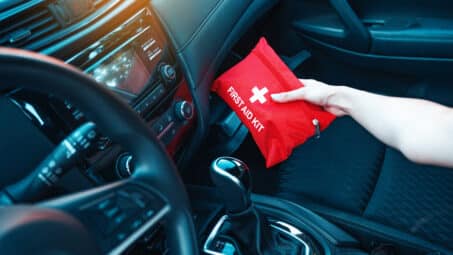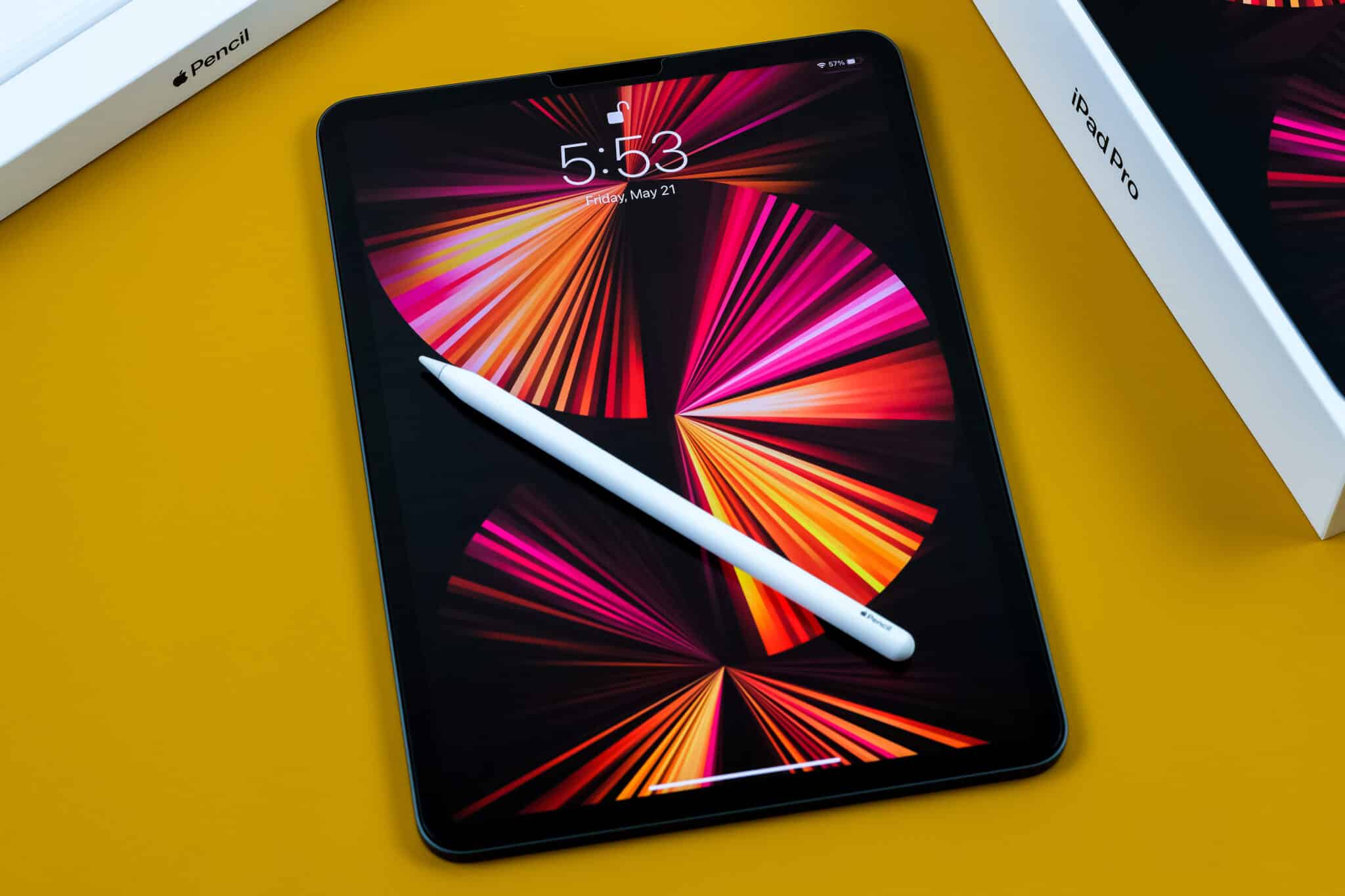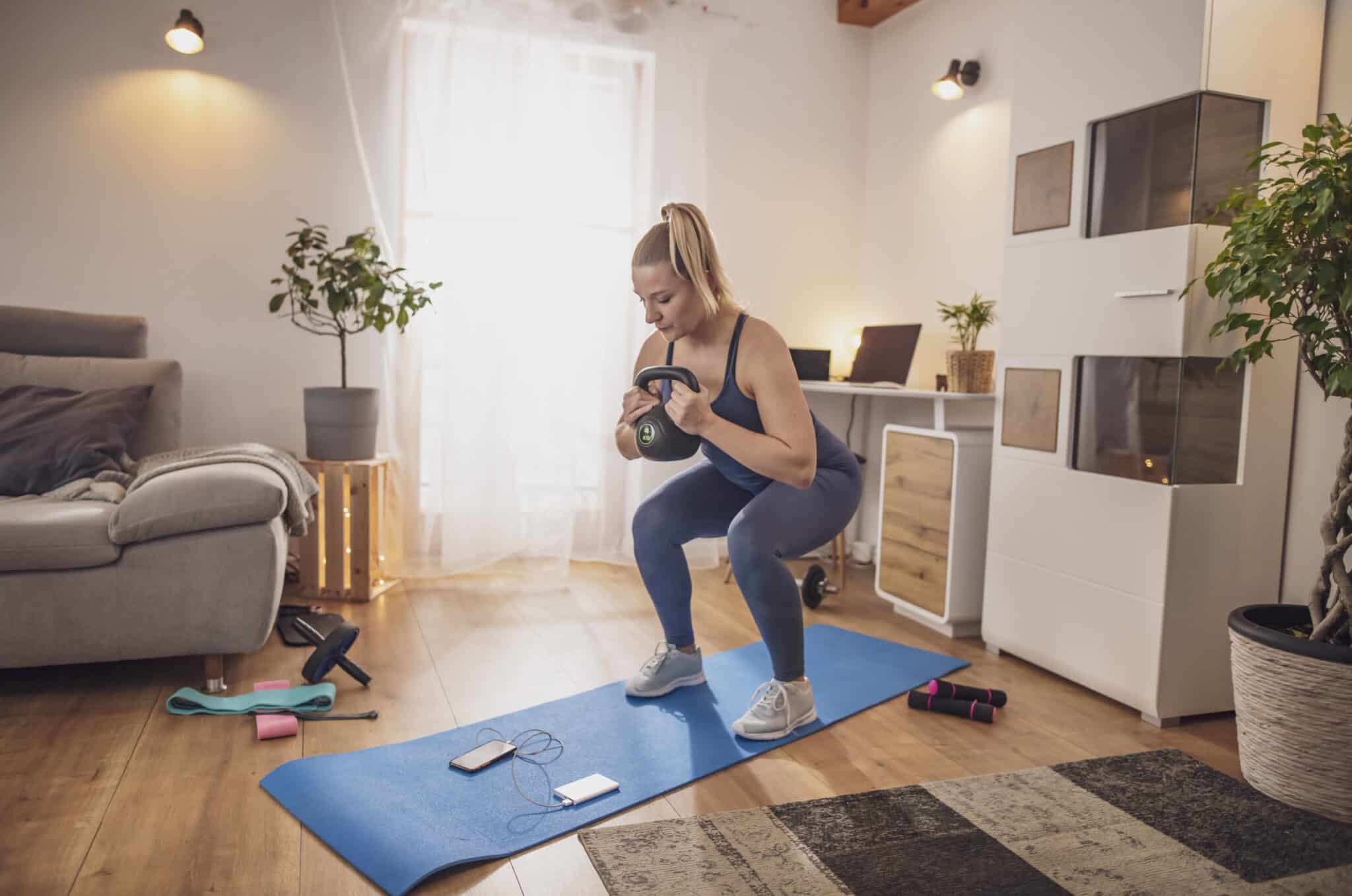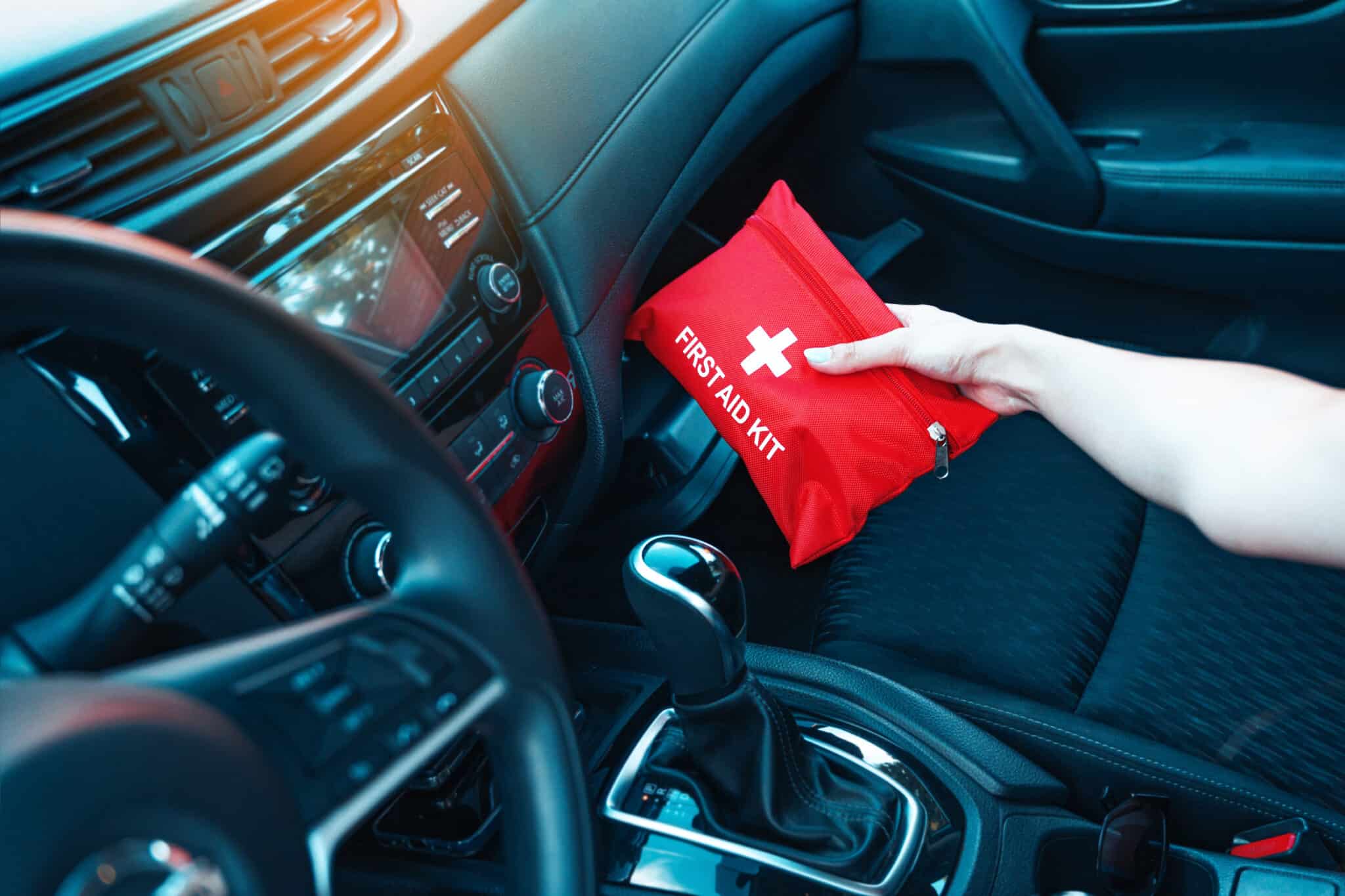You don’t always need a new camera or lens to improve your photography. If you start looking into accessories for cameras, you’ll see items that can help enhance your photos.
There’s an incredible world of camera tech and accessories to explore. And to get you started, we’ve compiled seven great essential camera accessories for you to consider.
1. Gain Support & Stability With a Tripod
A tripod is a portable three-legged camera stand. This is one of those accessories for cameras that every photographer needs for:
- Night shots
- Long-exposure seascapes
- Macro-shots
- Time-lapses
Tripods offer stability and pin-sharp shots that you won’t get from any handheld exposures. A tripod helps prevent camera shake, giving you more freedom to adjust the settings for long exposure shots. They’re also handy for practical reasons, such as shooting in low-light conditions.
The Zomei Z669C tripod is a dual-use tripod option that can fold down for compact storage and convert into a full-size monopod, which is a tripod with only one leg.
Monopods are more portable due to their light weight, are quick to set up and take down, and take up minimal floor space. You may need to convert your Zomei tripod into a monopod if you are in a crowded space or don’t have an even setup surface. This tripod also has twist locks that allow multiple height adjustments and a leg angle adjustment system for flexible shooting.
2. Store Your Delicate Equipment in a Dedicated Camera Bag
You need somewhere to safely store all your gear when on the go, and nothing beats a camera bag. There are various styles to choose from, including:
- Backpacks
- Messenger camera bags
- Sling bags
- Shoulder bags
Most camera bags have different compartments for holding your lenses, tripod, and other accessories for cameras. But the most important factor to consider when choosing a camera bag is quality. You’ll be using it to hold various pieces of delicate equipment, and the bag should be able to hold their size and weight. It should also provide easy access to equipment and be comfortable to carry.
One versatile camera bag option, which is more than just a camera backpack, is the Thule Covert camera backpack. You can configure the straps for it to be a shoulder bag or a cross-body bag if you don’t want to wear it on your back.
This camera bag also holds drone accessories, a laptop, and has a removable camera pod that protects your equipment while you shoot.
3. Keep Your Lenses Spotless & Bright With a Camera Lens Cleaner
Cameras and lenses are delicate, and proper maintenance ensures their longevity. An essential part of this process is cleaning the lenses, which can attract a lot of dust, even if you use a cap. Dirty lenses affect the overall quality of your photos because they end up having blurry and smudged spots.
A lens cleaning kit is one of the must-have accessories for cameras. While this won’t replace regular professional cleanings, it will optimize your lenses for everyday use.
LensPen is a leading provider of camera optics and lens cleaning products. Their LensPen Black Series is perfect for cleaning:
- Camera lenses
- Binocular lenses
- Eyepieces
- Spotting scopes
- Telescopes
This tool has a retractable non-liquid cleaning element, and the slightly concave shape of the cleaning tip fits a lens perfectly.
4. Use a Reflector to Perfect Lighting
Lighting plays an integral role in photography, regardless of your specialty. Light reflectors offer an affordable way to manipulate your lighting conditions and up your photography game. Luckily, they don’t require any electrical plugins or lighting, making them ideal for on-site locations.
Light reflectors such as the Neewer 5-in1 Collapsible Reflector are either double-sided or equipped with detachable covers. This gives you choices of silver, black, white, and gold reflective surfaces, allowing for different results depending on what you’re trying to achieve.
5. Attach a Strap to Keep You From Dropping Your Camera
It may not be the most exciting purchase, but a camera strap is one of the most important accessories for cameras. Without a strap, you may drop your camera, which isn’t worth the risk.
Many new cameras come with a basic neck strap branded with the company’s name and logo. These are usually thin and narrow and may not be very comfortable.
Camera straps come in multiple designs, colors, and sizes, so you’ll find something that suits your needs. Look for a strap that offers a large contact area over the shoulder and has padding. Avoid straps that leave the camera hanging on the front, as this leaves it vulnerable to knocking into things.
In addition to the above qualities, Peak Design’s Slide Lite camera strap reconfigures as a shoulder, sling, or neck strap. It’s perfect for DSLRs and mirrorless cameras but still capable of carrying heavier cameras, too.
6. Control Your Camera From Afar With a Remote Shutter Release
There are times when taking a shot from behind the camera isn’t an option. Whether you’re taking a selfie, triggering a photo in awkward circumstances, or you have to be in the photo, a remote shutter release helps you get the right shot. These remote-control accessories for cameras allow you to take that long exposure while eliminating the risk of a camera shake.
Remote shutter releases are also intervalometers that enable you to take a series of shots at specified intervals for a certain duration of time. Some remote releases connect to the camera via a cable, while others are wireless releases. Many remote releases, such as the CamRanger Mini remote release, serve as bulb timers that allow you to take 30 second exposures or longer.
7. Store Your Work in a Memory Card
Having a camera that shoots great fast or can record high-resolution videos is one thing. However, it means nothing if you don’t have a memory card to hold the shots until you can back them up. When purchasing a memory card, you need to consider a few things, such as:
- Format
- Speed
- Capacity
Secure Digital (SD) is the most common memory card format, but you may also come across CFast and XQD cards. The memory card should be capable of handling the speeds your camera requires. And while purchasing a large-capacity memory card may sound like the best option, it’s better to purchase several cards. This spreads the risk of losing photos across the cards.
The SanDisk Extreme microSDXC HIS-I Card has multiple capacities, is incredibly fast, and boasts write speeds of 130Mbps and transfer speeds of 190Mbps.
Great Accessories for Cameras Ensure Great Photos
The right accessories for cameras can be game-changers. Once you have the essentials set up, you can keep investing in more accessories to improve your photography and help you get the shots you’re after.

